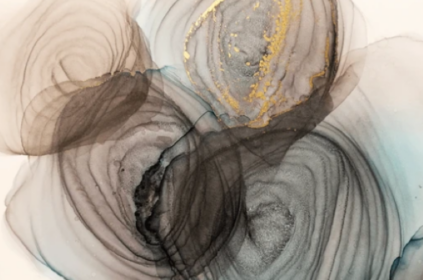A seldom-discussed but increasingly prevalent cancer in Britain is bile duct cancer, or cholangiocarcinoma, a disease that originates in the narrow passageways connecting the liver, gallbladder, and intestines. Each year, approximately 3,100 people in the UK receive this diagnosis, with survival rates remaining alarmingly low—only about five percent reach the five-year milestone after being diagnosed.
The Daily Mail reports that some of the earliest signs of bile duct cancer may only become noticeable during bathroom visits. Unexplained changes such as urine that appears much darker or lighter than usual, as well as stools that are unusually pale or have a clay-like appearance, can serve as red flags. These symptoms are commonly linked to jaundice, which happens when the liver is under significant strain. In the context of bile duct cancer, jaundice often results from blockages caused by the disease, leading to bile leakage into other parts of the body. Accompanying signs can include yellowed skin and eyes, as well as persistent itching.
The presence of other symptoms like sudden, unexplained weight loss, pain on the right side of the abdomen, ongoing fatigue, fever, or a marked loss of appetite, can also be cause for concern. While these issues may be caused by other conditions, it is often strongly recommended to consult a GP if they persist. Quick action can significantly improve the chances of receiving effective treatment if cancer is the underlying cause.
Bile Duct Cancer’s Origins
The origins of bile duct cancer are not fully understood. Contrary to popular belief, alcohol consumption is not always a factor; in fact, the link between alcohol and this specific cancer remains uncertain. Like many other cancers, age is a major contributor, with most cases found in individuals between 50 and 70 years old. However, people who have liver fluke infections or certain forms of inflammatory bowel disease face a greater risk at a younger age.
Data shows that diagnoses of this cancer have been climbing in recent years. While the exact reasons remain unclear, some experts suspect that lifestyle factors, including increased smoking and alcohol use, could play a role. Bile duct cancer is classified into intrahepatic (inside the liver) and extrahepatic (outside the liver) types, with the majority of cases in the UK being intrahepatic, which is also considered a form of liver cancer.
Alarmingly, rates of liver cancer have surged by 86% among people aged 25-49 since the 1990s. Despite this, older adults, especially those over 80, remain the most affected group. Over the past two decades, more than 81,000 people in the UK have died from liver cancer, with fatalities projected to increase by another 10% by 2040. Currently, it is the 8th-highest leading cause of cancer death in Britain, with projections suggesting it could rank 6th within the next 15 years. Contributing factors include obesity, smoking, and excessive alcohol intake. The standard approach to treating bile duct cancer involves surgical removal of as much of the tumor as possible, often followed by chemotherapy.
Editor’s Note: Get Involved
Cancer doesn’t discriminate. WHATNEXT and its partners are interested in amplifying the voices of those from all identities and backgrounds. If you have a cancer journey to share, reach out here to learn more about how your voice can help spread awareness and inspire individuals from all walks of life.
bile duct cancer cancer cancer awareness oncology
Last modified: May 6, 2025











